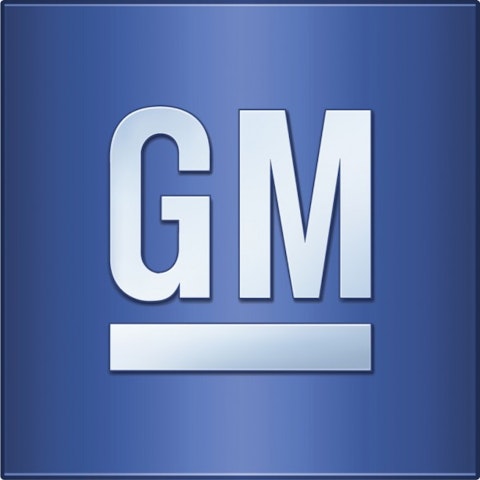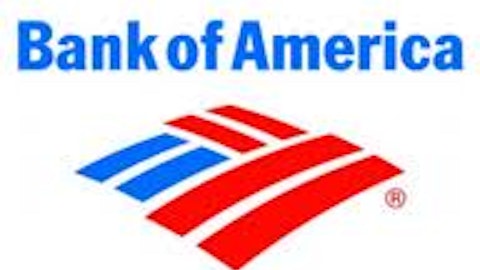On this day in economic and business history…
The first American automaker was established in 1893, but it took four years for a leader to emerge in the still-tiny industry. On Aug. 21, 1897, Random Eli Olds founded the Olds Motor Vehicle Company, which soon became Olds Motor Works, maker of the Oldsmobile. He sold a mere four automobiles in those last few months of 1897.
Olds and his company puttered through the end of the 19th century in the shadow of an electric-car maker (this was the only time in history when electric cars were more popular than their gas-engined counterparts). Olds lost control of his enterprises when they became Olds Motor Works in 1899 and an outside investor established a 5-acre factory in Detroit, but he remained on board as the company’s head of design. The company vacillated between manufacturing electric and gas-engined cars for a year, until Olds produced the first Curved Dash prototypes. These gas-engined autos settled Olds’ mind. Just when production was set to begin on a large number of Curved Dash Oldsmobiles, the Detroit plant was destroyed by a fire in 1901.

Undeterred but desperate, Olds converted an adjacent building for manufacturing purposes and began production, in the process establishing two key elements of the modern auto industry: He outsourced the construction of component parts to a network of suppliers and implemented the first modern assembly line. To build the Curved Dash, Olds purchased engines, transmissions, and parts from the Dodge brothers, whose company is now a part of Chrysler. According to Oldsmobile historian James Walkinshaw:
The Curved Dash was destined to become the most popular car in the country. It was produced in volumes unheard of at that time, 20 cars per day, while others were trying to make 20 cars in a month or even a year. All of this before Henry Ford had made but a few vehicles. The assembly process, called progressive assembly, used castered stands that could be moved from place to place to improve the speed of manufacture. Ransom also recognized that the horse was his competition not other car makers and many of his ads reflect this. He also utilized women in advertising when car driving was considered to be a “man’s” sport.
By the end of 1901, 425 of the $650, 4.5-horsepower Curved Dashes had rolled off this early assembly line. Most of them came to their owners on the back of a train car, often with an Oldsmobile sales rep riding along to make it a truly personal presentation. A year later, about 2,500 Curved Dashes were built, and in 1904, more than 4,000 of these automobiles were built. One even made a transcontinental drive in a brisk 73 days! (A 1905 model would make the trip in 44 days in a two-team race from New York to Portland, though the car, not to mention the crew, barely survived the harsh conditions of the untamed West.) A year later, the Curved Dash became the subject of the first popular “car song,” “In My Merry Oldsmobile,” which also appears to be the first piece of popular culture to deal with “getting it on” in a car.
However, Ransom Olds left the company in early 1904 after a dispute with Olds Motor’s ownership over whether Oldsmobiles should be a rich person’s plaything or, as Olds believed, a vehicle for the masses. Oldsmobile struggled without Olds’ guidance, and by 1908 the company was sold to William Durant‘s General Motors Company (NYSE:GM) for $3 million in General Motors Company (NYSE:GM) stock and a few thousand dollars in cash. It would be five more years before Ford Motor Company (NYSE:F) finally perfected the assembly line manufacturing process Olds had pioneered by adding a conveyor-belt transportation system to easily move unfinished cars from one station to the next.
By the end of the 1910s, Oldsmobile was firmly established as General Motors Company (NYSE:GM)’s mid-market marquee, between the mass-market Chevrolet and the luxury-branded Cadillac. Oldsmobile helped General Motors Company (NYSE:GM) become the first automaker to join the Dow Jones Industrial Average in 1915. The brand also served as GM’s most experimental marquee: It was the first to offer an automatic transmission in 1940, and it helped advance true hardtops and wraparound windshields as stylistic standards. In the 1960s Oldsmobile also pioneered the modern front-wheel drive. The marquee crested 1 million sales for the first time in the 1980s, and for a brief while Oldsmobile was the third-most popular marquee, behind only Chevrolet and Ford Motor Company (NYSE:F).
During its lifetime as a General Motors Company (NYSE:GM) marquee, Oldsmobile produced more than 35 million cars. In the 1990s, a flood of mid-market cars ultimately pushed Oldsmobile out of the market, and GM shut down the marquee in 2004. At 106 years of age, Oldsmobile was the oldest American auto marquee before its 2004 shutdown. That honor now belongs to Cadillac, which was formed in 1902 out of the remnants of Henry Ford Motor Company (NYSE:F)’s failed pre-Ford-Motor automotive endeavor.
The article The Origins of America’s Oldest Auto Pioneer originally appeared on Fool.com and is written by Alex Planes.
Fool contributor Alex Planes holds no financial position in any company mentioned here. Add him on Google+ or follow him on Twitter @TMFBiggles for more insight into markets, history, and technology.The Motley Fool recommends Ford and General Motors. The Motley Fool owns shares of Ford.
Copyright © 1995 – 2013 The Motley Fool, LLC. All rights reserved. The Motley Fool has a disclosure policy.





